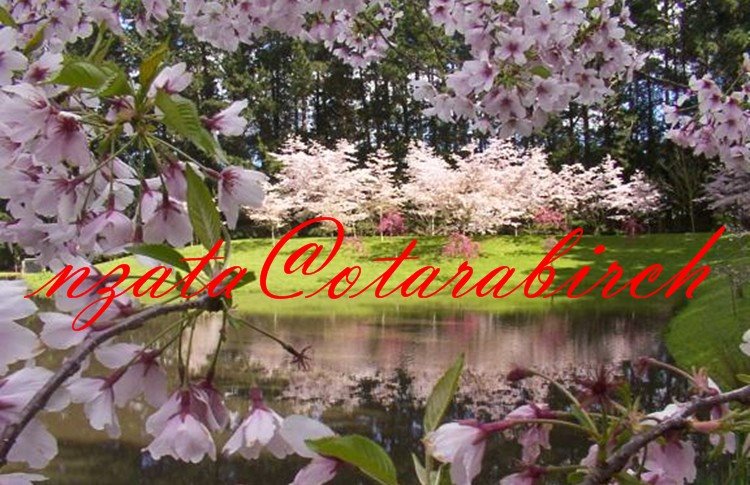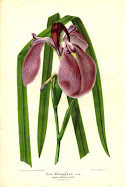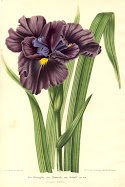Hybridizing Japanese Iris for Selected Seed.
A hybridizer is someone that deliberately takes pollen from one variety and crosses it with another, thus creating more hybrids.
Why?
To continually select plants with desirable traits to achieve goals through many generations or to obtain specific objectives. By selecting plants for the cross you can control both desirable and undesirable traits. The fun and challenge of this recipe is to determine what characteristics you would like to add to individual seedlings to accomplish a better flower form than what you started with.
So what are the main aims to make a flower even better that what we have now?
With the introduction of new exciting colours. Such as pure blues, pinks, reds and yellows or the introduction of yellow into the falls and standards.
- Better, wider angle branching habits with more flowers per stalk.
- More substance in the petals for durability, texture, substance for hardiness and longlitivity of the flower life.
- More ruffles on the falls.
- More multiple parts to producing 6 petals ( Doubles), 9 and 12 petals (Peony types).
- To extend the flowering periods and encourage reblooming later in the season.
- To introduce shorter growing varieties for smaller gardens. (Miniature or dwarf).
- To introduce better leaf foliage or variegated leaves with more vigor.
- Fragrance is always a must to flowers.
- A better tolerance to grow in alkaline soil conditions.
- A better tolerance to summer heat.
When?
The best time is when the flowers are coming into their flowering season. Pick a flower which is in the balloon stage of being an unopened flower. Meaning the petals are full and just about to unfold.
See photo1.

Once the flowers are fully open your time to seize the moment may have been lost and the insects have already beaten you to the punch and fertilized the flowers while you where catching that extra forty winks. You have to beat the insects before they get there.You need to remove the petals (falls) that attract them to land on the runway and get in first if you would like to achieve the crosses you desire.
How?
Photo 1: Select an unfolding flower before the bees can gain access to the flower. Carefully remove the falls to expose the internals of the flower. Try not to damage the styles, style arms and immature anthers with in the flower.
To late in this photo  of ones choice as the flower is already open. I have used this photo as an example of an open multi-petaled (6 falls) flower to show you what to do for the removal of the falls.
of ones choice as the flower is already open. I have used this photo as an example of an open multi-petaled (6 falls) flower to show you what to do for the removal of the falls.
Photo shows the styles, styles arms and falls.
Photo 2: Begin carefully, the removal of the falls which are the landing pad or runway for insects to be attracted too. On landing they will seek the ne ctar from the flower base.
ctar from the flower base.
Thus resulting in pollinating the flower with it's own pollen ( Self pollination) or with pollen from another variety ( Natural cross pollination) as their hairy body brushes past the style containing the stigma.
The stigma is the receptive part which receives the pollen thus transferring any pollen from the insects body.
Photo 3: With the removal of the last fall one can then breathe easy and continue with the next step to be done.
done.
The style carries the stigma which is supported by the style arms.
The green sheath or spathes, as they are called, give support to the central parts of the flower while protecting the ovary.
See Part 2 and 3 to follow my hybridizing blog.
Please click on the flower photo's to enlarge.
Acknowledgment. Some information used in the blog was gained from the book "The Japanese Iris" written by the late Currier McEwen. "An international authority on the history and cultivation of the Japanese Iris." This book is a bible on information for those dedicated to the growing and promotion of the Japanese Iris.






















